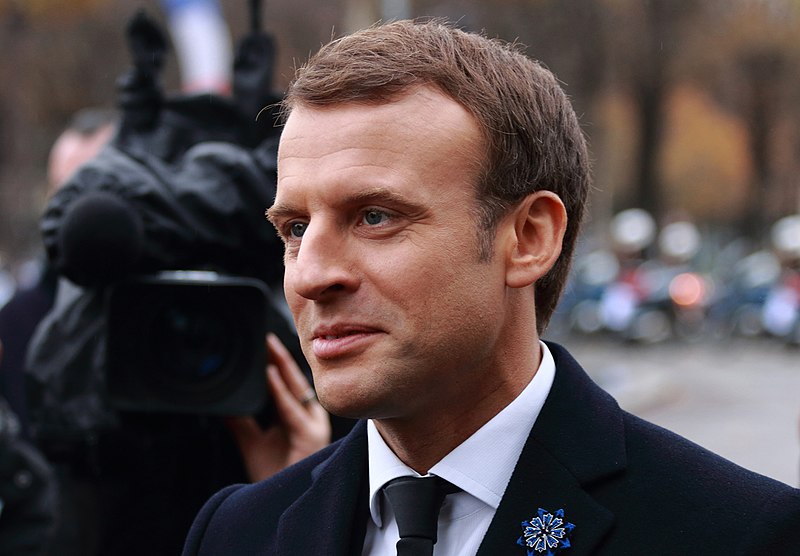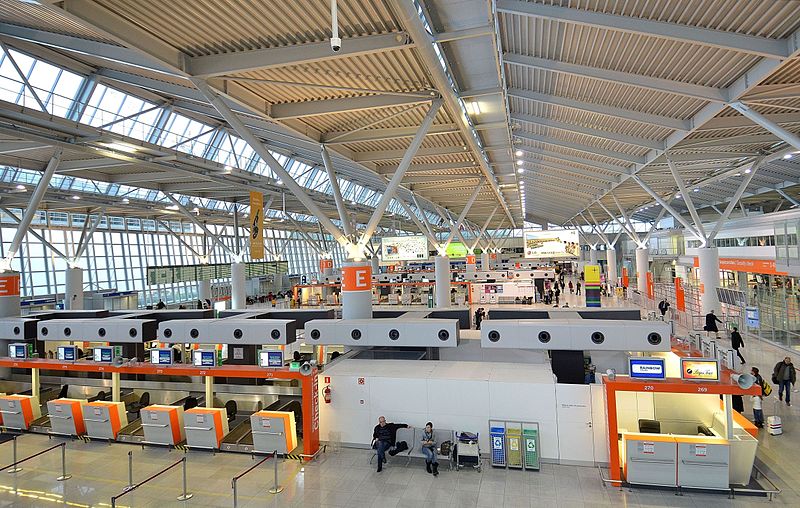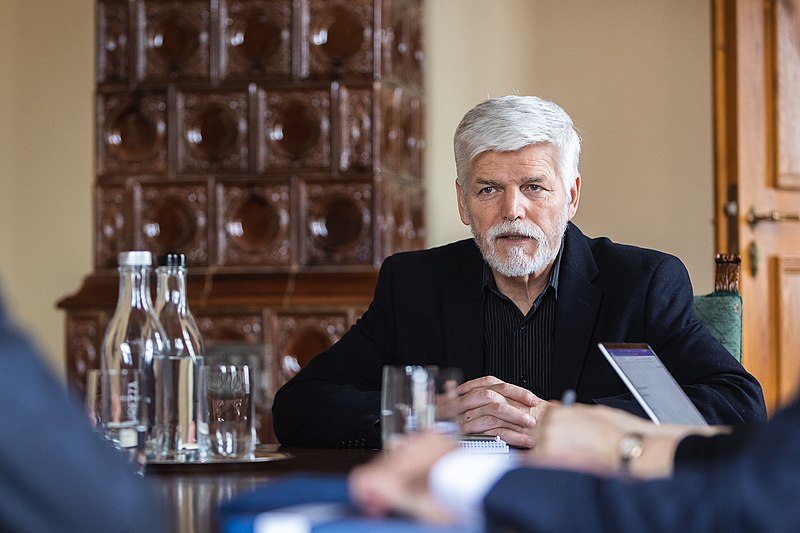Ant-Man ve Wasp Fim İzle
December 18, 2017Y-phone Kids Children Baby Toy Phone Education Learning Machine Smart Touch LED
December 19, 2017Apparently new uses of ‘Europe’ and ‘Romania’ since 2005 draw on Moldova’s complicated history and related identity politics. Prior to 1991, there was no history of an independent state contiguous with the current territory of the Republic of Moldova. Although the Communist-led government has sought to affirm the new state’s identity with the medieval principality of Moldova in MBT Shoes recent years, the current state is a distinctly Russian and Soviet creation. Medieval Moldova formed in the mid-1300s and retained independence for a century and a half before gradually becoming an Ottoman vassal state. Under the Bucharest Peace Treaty of 1812, the Ottoman Empire ceded ‘Bessarabia’ to Russia, and through a combination of accident and intention, the Russians extended the region, which had initially referred to a small territory in southern Wallachia along the Black Sea, to include a much larger territory in the eastern portion of the Moldovan principality. Western Moldova, meanwhile, remained under Ottoman suzerainty, and in 1859 joined Wallachia, another Ottoman vassal, to become the first Romanian state.
Historically, culturally, and linguistically, Moldova forms part of the ‘Romanian lands,’ but the historical, cultural, and linguistic borders of Romanian space also run through Moldova. The current Republic of Moldova includes not only Bessarabia, but also the region of Transnistria, whose ties to medieval Moldova and modern Romania are much weaker. Bessarabia and Transnistria were stitched together by the Soviet Union in 1941 to produce the Moldovan Soviet Socialist Republic (MSSR), as a national republic for ethnic Moldovans, but the administrative histories of the two territories, which differed significantly even under Russian rule, have had a lasting impact on current politics. From 1812-1917, Bessarabia, the larger territory, retained a distinct identity within the Russian empire, first as MBT Chapa an imperial region (oblast’), and then as a province (guberniia). During the inter-war period when it was unified with Romania, Bessarabia also maintained a distinct administrative identity. Transnistria, however, had no administrative identity within the Russian Empire; it only gained some political identity when it was chiseled out of the Ukrainian Soviet Socialist Republic as part of the Moldovan Autonomous Soviet Socialist Republic (MASSR) from 1924-40 (Figure 2).
In the early 1990s, Moldova’s politics were dominated by questions concerning the new state’s identity relative to Romania. Should Moldova unify with Romania Should it be a second Romanian state if it persisted as a ‘Moldovan’ state, what that meant Political opinion divided along an ideological continuum of Romanianism and Moldovanism. At one end of the continuum, Romanianists argued for unification with Romania; at the opposite end, Moldovanists maintained that Moldovans constituted a distinct people, requiring their own state. Many factors account for the fact that Moldova and Romania did not unite. However, the divergent histories of the country’s sub-regions would have contributed considerable barriers to such a plan had it been actively pursued. Not only did the Soviet Union join Bessarabia and Transnistria into a new political unit, it also separated part of Bessarabia that bordered the Black Sea, the Bugeac, and placed it within the borders of the Ukrainian SSR. Reversing the effects of the Molotov-Ribbentrop Pact to return Bessarabia to Romania would therefore have been doubly difficult, if not impossible, because the status of both Transnistria and the Bugeac would have required renegotiation.
Since 1994, all of Moldova’s governments have pursued a Moldovanist path to varying degrees. Yet the question of the country’s relationship to Romania has never fully disappeared. Indeed, the intensity of pro-Romanian sentiment in the early 1990s was also used by Transnistrian political leaders who capitalized on minority fears over a possible unification with Romania to declare independence. While Transnistria’s independence is unrecognized, efforts to resolve its status have been unsuccessful, and the conflict remains ‘frozen.’ In this, and many other issues, ‘Romania’ has continued to influence Moldovan politics at a symbolic level, even as actual possibilities for unification become more distant. Thus when ‘Romania’ reappeared as an important symbol in 2005, its meaning drew on previous identity politics and the complexities of Moldova’s historical relations with Romania.
MBT of the line of MBT Shoes On Sale are designed with great care keeping in mind of tastes of millions of people, not to mention about the current fashion too.



